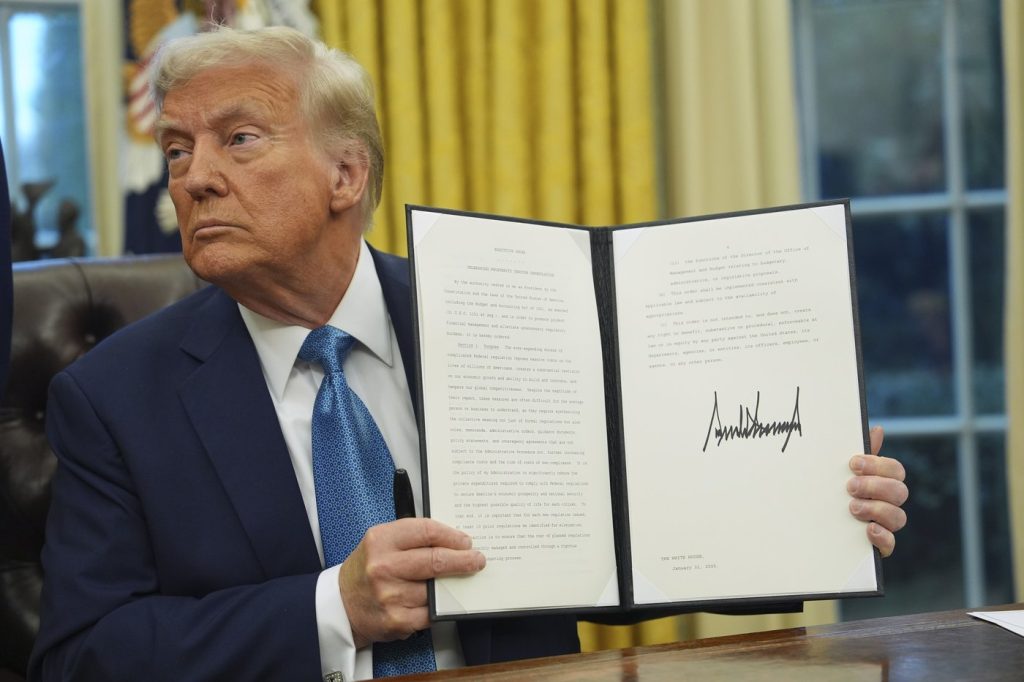After weeks of White House hype and public anxiety, President Donald Trump is set to announce a barrage of self-described “reciprocal” tariffs on friend and foe alike.
The new tariffs – coming on what Trump has called “Liberation Day” – is a bid to boost U.S. manufacturing and punish other countries for what he has said are years of unfair trade practices. But by most economists’ assessments, the risky move threatens to plunge the economy into a downturn and mangle decades-old alliances.
Here’s the latest:
Timeline of Donald Trump’s trade war with Canada
For over a year before the November 2024 presidential election, Donald Trump had been signalling he planned to impose across-the-board tariffs if he won the United States presidency.
Here’s a timeline of the key dates in Trump’s tariff journey after he was elected president.
The Associated Press
Could Canada and the U.S. strike a zero-tariff deal?
Ontario Premier Doug Ford said he spoke with Prime Minister Mark Carney about that prospect on Wednesday morning ahead of President Donald Trump’s ominous Liberation Day announcement on sweeping new tariffs.
Ford suggested that Carney told him a zero-tariff situation was possible if Trump agreed to drop all tariffs.
“I had a conversation with the Prime Minister this morning, and I can tell you one thing, if he [Trump] dropped all the tariffs, we’d have zero tariffs,” Ford said
CityNews
Companies preparing for tariff turbulence
Impending U.S. tariffs have pushed Canadian companies to stockpile goods, cut back staff, put projects on hold and whatever else they think will help them survive the economic turmoil ahead.
For industries that rely on exports to the U.S., tariffs could be a major hit as customers south of the border may choose to buy fewer goods or switch to U.S. alternatives.
The Canadian Press



